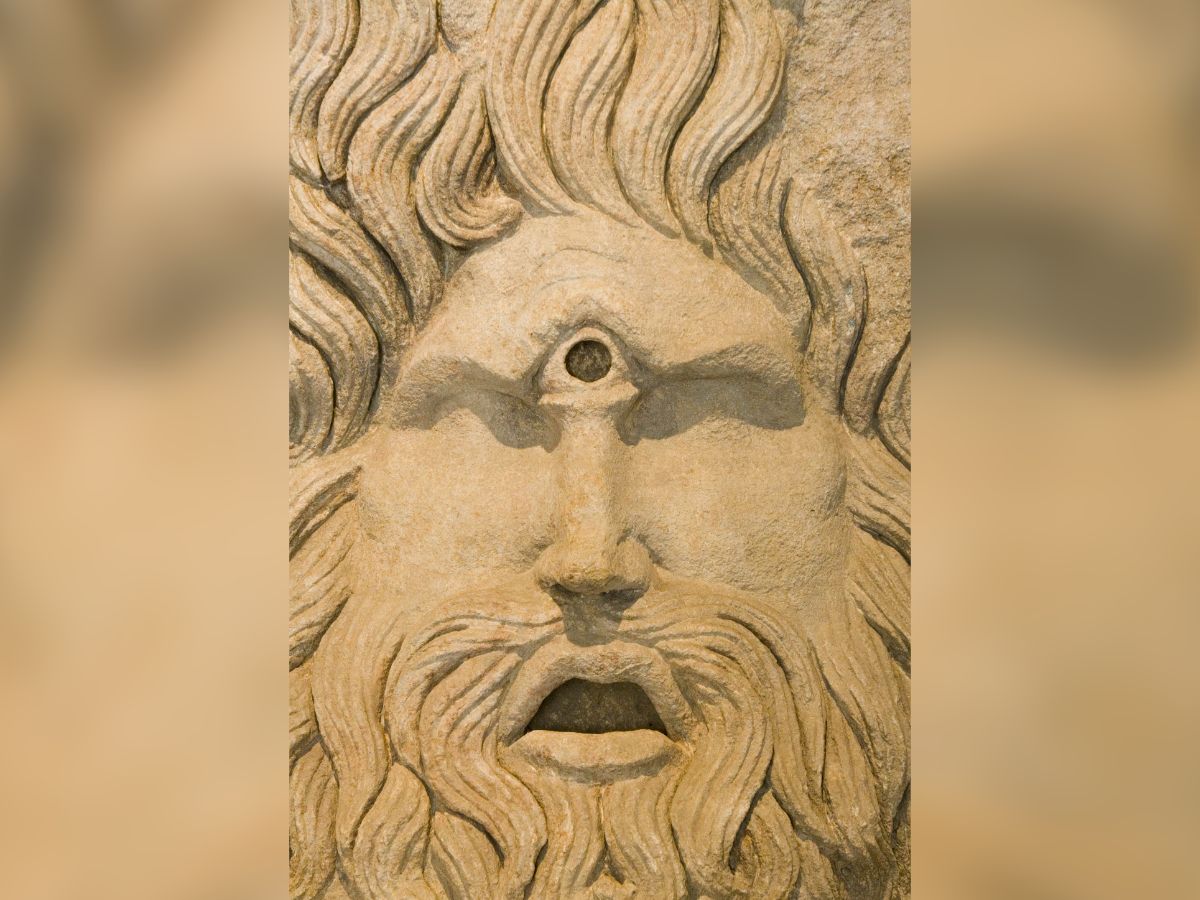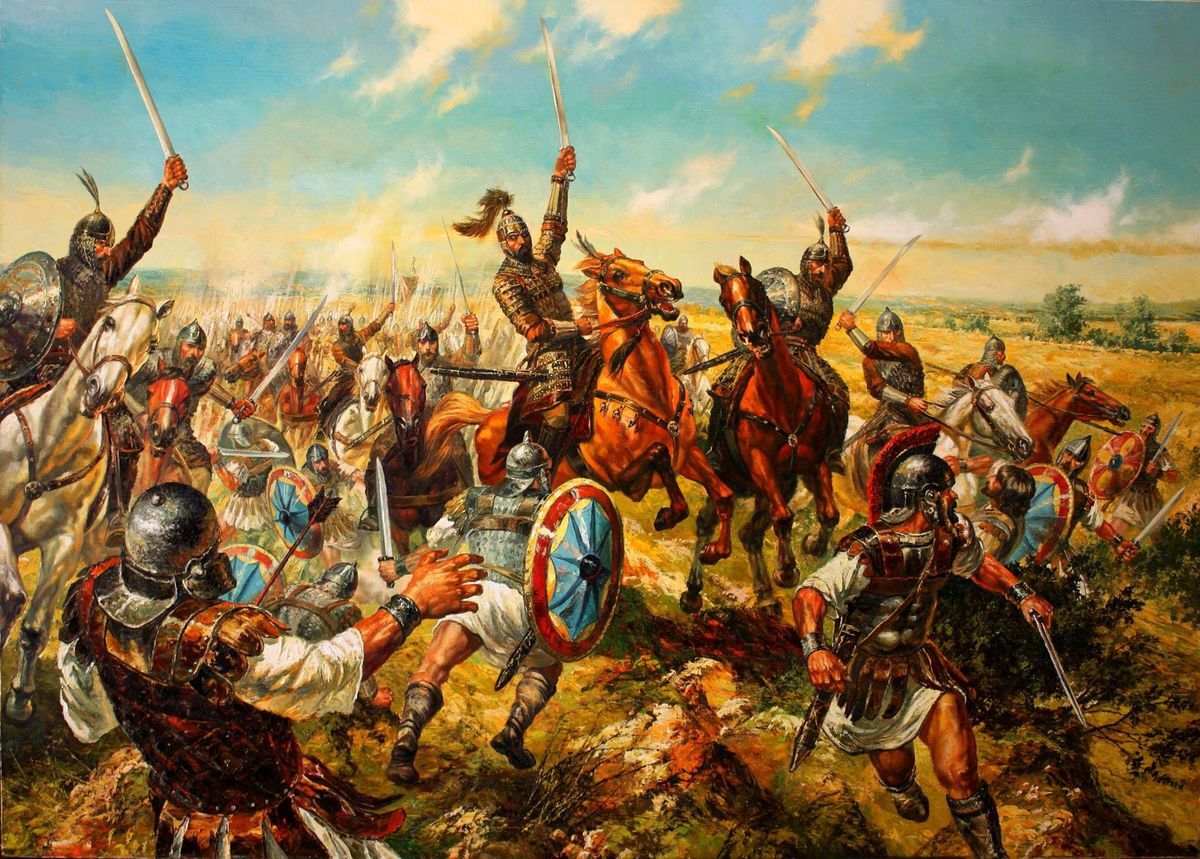
Ever wondered about the mythical Cyclops? These one-eyed giants have fascinated people for centuries. Originating from Greek mythology, Cyclopes are known for their immense strength and unique appearance. But there's more to them than just their single eye. Did you know that Cyclopes were skilled blacksmiths? They forged Zeus's thunderbolts! Cyclops facts don't stop there. Some stories even suggest they were the first beings to work with metal. Intrigued yet? From their role in epic tales like "The Odyssey" to their influence on modern pop culture, Cyclopes have left a lasting mark. Ready to dive into 21 amazing facts about these legendary creatures? Let's get started!
Key Takeaways:
- Cyclopes, the one-eyed giants from Greek mythology, have left a lasting impression on human culture through literature, art, and modern media, captivating audiences with their unique characteristics and enduring presence.
- The concept of Cyclopes has also found its way into the scientific world, inspiring the study of biology and paleontology, as well as modern interpretations in superhero comics and film series.
Cyclops in Mythology
Cyclops, the one-eyed giants from Greek mythology, have fascinated people for centuries. These mythical beings are often depicted as powerful and fearsome. Let's dive into some intriguing facts about these legendary creatures.
-
Cyclops means "round-eyed" in Greek, derived from the words "kyklos" (circle) and "ops" (eye).
-
The most famous Cyclops is Polyphemus, who appears in Homer's "Odyssey." He traps Odysseus and his men in a cave.
-
Cyclopes were considered the sons of Uranus (Sky) and Gaia (Earth) in Greek mythology.
-
According to myth, there were three original Cyclopes: Brontes (Thunderer), Steropes (Lightner), and Arges (Bright).
-
Cyclopes were known for their incredible strength and craftsmanship. They forged Zeus's thunderbolts.
Cyclops in Literature
Cyclopes have made appearances in various literary works beyond Greek mythology. Their unique characteristics make them memorable characters.
-
In Hesiod's "Theogony," Cyclopes are depicted as skilled blacksmiths who helped the gods.
-
The Cyclops Polyphemus also appears in Virgil's "Aeneid," where he is portrayed as a savage and brutal creature.
-
Cyclopes are featured in modern literature, such as Rick Riordan's "Percy Jackson" series, where they are portrayed as both allies and adversaries.
-
In the "Chronicles of Narnia" by C.S. Lewis, a Cyclops named Giant Rumblebuffin helps the protagonists.
Cyclops in Popular Culture
Cyclopes have found their way into movies, TV shows, and video games, captivating audiences with their distinctive appearance and abilities.
-
In the 1958 film "The 7th Voyage of Sinbad," a Cyclops is one of the main antagonists.
-
The Cyclops appears in the animated TV series "Futurama," where the character Leela is a one-eyed mutant.
-
Cyclopes are featured in video games like "God of War," where they are formidable enemies.
-
In the "Dungeons & Dragons" role-playing game, Cyclopes are powerful creatures that players can encounter.
Cyclops in Art and Sculpture
Artists throughout history have been inspired by the Cyclops, creating various representations in different mediums.
-
Ancient Greek pottery often depicts scenes of Cyclopes, especially the encounter between Odysseus and Polyphemus.
-
Renaissance artists like Annibale Carracci painted scenes featuring Cyclopes, showcasing their dramatic encounters with heroes.
-
Modern artists continue to be inspired by Cyclopes, creating sculptures and paintings that capture their mythical essence.
Cyclops in Science and Nature
Interestingly, the concept of the Cyclops has also found its way into the scientific world, particularly in the study of biology and paleontology.
-
The term "Cyclopia" refers to a rare congenital disorder where a fetus develops a single eye in the center of the forehead.
-
Some paleontologists believe that ancient elephant skulls, with their large central nasal cavity, may have inspired the myth of the Cyclops.
-
The Cyclops genus in the animal kingdom includes tiny crustaceans known as copepods, which have a single eye.
Cyclops in Modern Interpretations
Modern interpretations of Cyclopes often blend traditional mythology with contemporary themes, creating new and exciting versions of these legendary beings.
-
In the Marvel Comics universe, Cyclops is a superhero with the ability to shoot powerful energy beams from his eyes.
-
The "Clash of the Titans" film series features a modern take on Cyclopes, portraying them as fearsome and formidable creatures.
Cyclopes continue to captivate our imagination, whether through ancient myths, literature, art, or modern media. Their enduring presence in various forms of storytelling speaks to their lasting impact on human culture.
Cyclops: More Than Meets the Eye
Cyclops myths have fascinated people for centuries. These one-eyed giants from Greek mythology aren't just scary monsters; they symbolize power, mystery, and ancient storytelling. From Polyphemus in Homer's "Odyssey" to their role as master blacksmiths for the gods, cyclops have left a lasting mark on literature and culture.
Their stories teach us about human nature, fear, and the unknown. They remind us that myths often hold deeper meanings and lessons. Whether you're a mythology buff or just curious, cyclops offer a glimpse into the rich tapestry of ancient tales.
Next time you hear about a cyclops, think beyond the single eye. There's a whole world of history, culture, and meaning waiting to be explored. So, keep your eyes open—pun intended—and dive into the fascinating world of cyclops myths.
Frequently Asked Questions
Was this page helpful?
Our commitment to delivering trustworthy and engaging content is at the heart of what we do. Each fact on our site is contributed by real users like you, bringing a wealth of diverse insights and information. To ensure the highest standards of accuracy and reliability, our dedicated editors meticulously review each submission. This process guarantees that the facts we share are not only fascinating but also credible. Trust in our commitment to quality and authenticity as you explore and learn with us.


